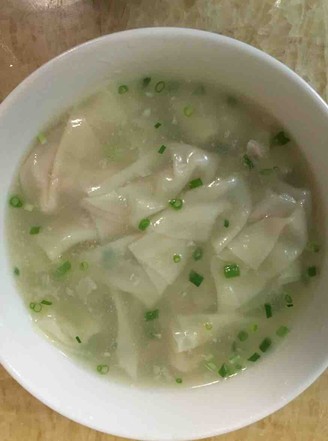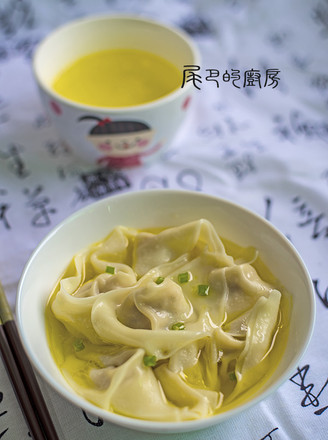Pan Fried Bun
1.
Let's knead the dough first: prepare flour, dry yeast, sugar, and cold water. In winter, warm water can be used. White sugar can add nutrients to the yeast for better fermentation;
2.
Put all the ingredients in the bread bucket, put the bucket in the bread machine, and select the kneading program for 15 minutes;
3.
Remove the stirring rod, round the dough and put it in the bucket directly, put a damp cloth on the lid, select the fermentation function for 60 minutes, and adjust the time according to the state of the dough;
4.
The dough is twice as large as the original. Dip your fingers in flour and poke a hole at the top without collapsing or shrinking. The dough will ferment successfully. Another way to check whether the dough is successful is to uncover the dough and look at the bottom, with uniform and fine pores;
5.
Treat the filling while waiting for the dough to ferment: Pour appropriate amount of soy sauce, light soy sauce, salt, and sesame oil into the meat filling to adjust the seasoning, add appropriate amount of cold water to make a thick paste;
6.
Clean the water chestnut and carrot, and scrape off the skin of carrot;
7.
Cut water bamboo into small dices, the smaller the better, because water bamboo is rich in oxalic acid, which will affect the absorption of calcium, so blanch it and let it cool naturally before use;
8.
Cut carrots into small cubes, the smaller the better, so that more fillings can be made;
9.
Mix the rice diced diced rice, carrot diced and the meat filling. Don't advance this step. Stir before making the buns. In addition, the water will be more water after blanching the rice diced rice diced rice. Gently grasp it with your hands before filling to remove the excess water;
10.
Go to step 4, take out the dough and place it on the chopping board, knead it for air, knead into long strips, cut into uniform size, press flat, and roll it into a slightly thinner upper round crust in the middle;
11.
Take an appropriate amount of stuffing and place it in the middle of the round crust, and squeeze it into a small bun;
12.
After all the buns are finished, take a part of them and place them in a non-stick wok. Cover the lid for about 20 minutes. Because the weather is cold and the room temperature is low, don’t just look at the time. It depends on the state of the raw buns, which are slightly larger and larger than the original ones. It's enough to make it more rounded, pour a little oil along the pot wall, and heat it over a medium-to-small heat;
13.
Fry until the bottom of the bun is shaped and slightly browned;
14.
Pour appropriate amount of hot water into the pot, so that the bottom of the bun has not reached the waist;
15.
Turn to low heat, cover and simmer for about 8 minutes, until you hear a sizzling sound and the water is completely drained; open the lid, and the white and fat little buns are squeezed together, which is really warm; sprinkle a little black sesame or fragrant on the surface The chopped green onions can be used to release moisture, and the bottom will be re-zoomed and hardened before serving.
Tips:
1. If you don’t have a bread machine, you can knead the noodles by yourself. You can use a large steamer for fermentation in cold weather. Put some water to heat up the temperature and humidity. Put the cover on the basin and put it in the steamer. , But the temperature should not be too high. If the fermentation is too fast, it will have a sour taste, and the dough texture will be very rough, and it will not taste good;
2. Add a little water to the pot to make the buns mature, but to eat the crispy bottom, be sure to let the water vapor evaporate.

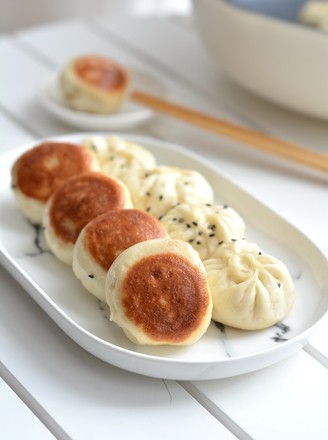
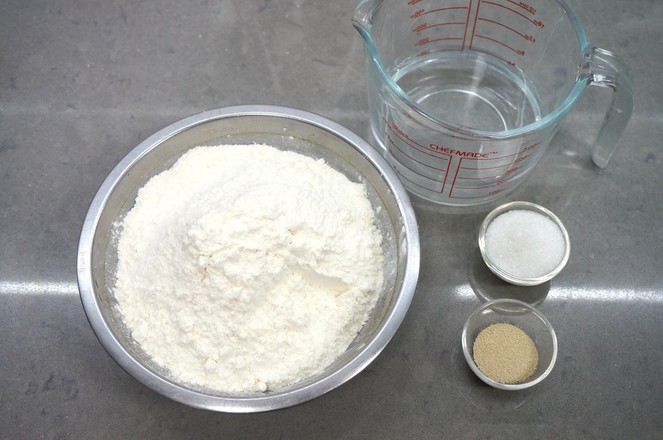
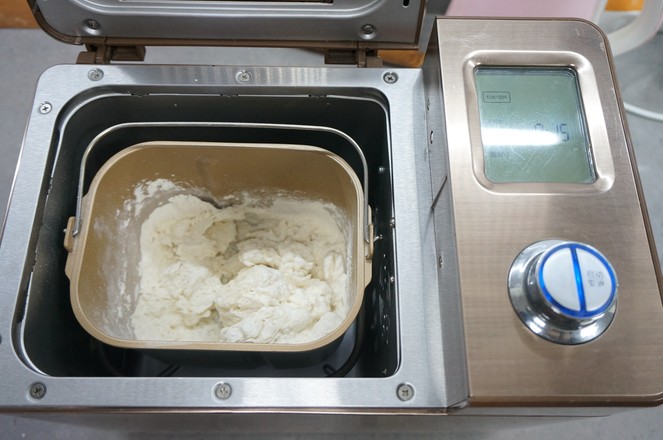
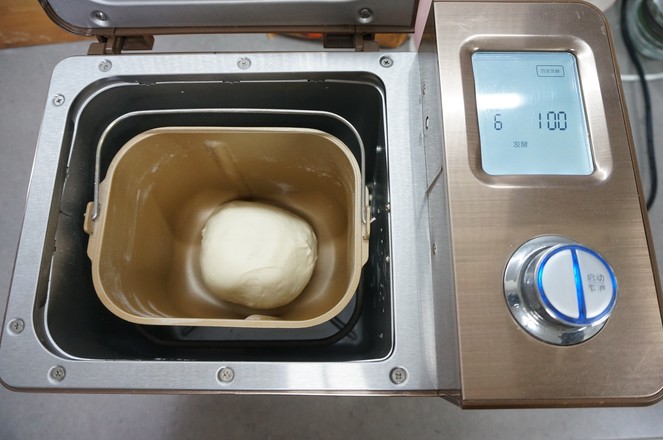
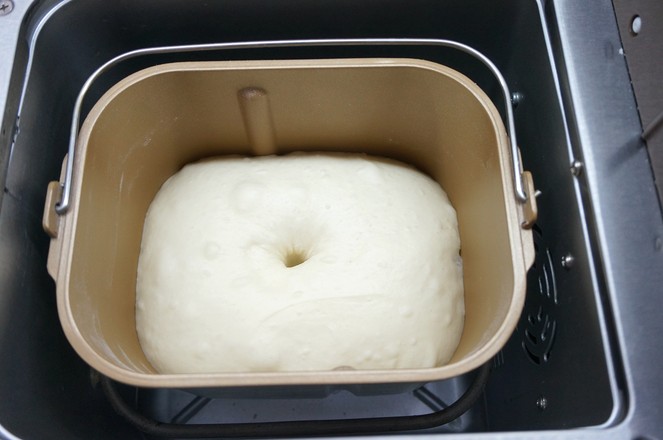
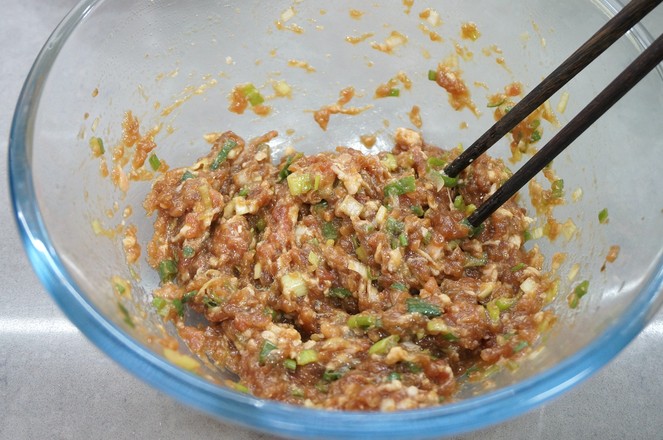
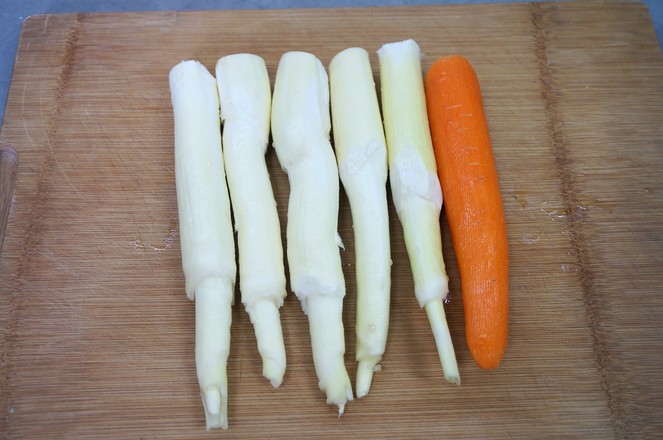
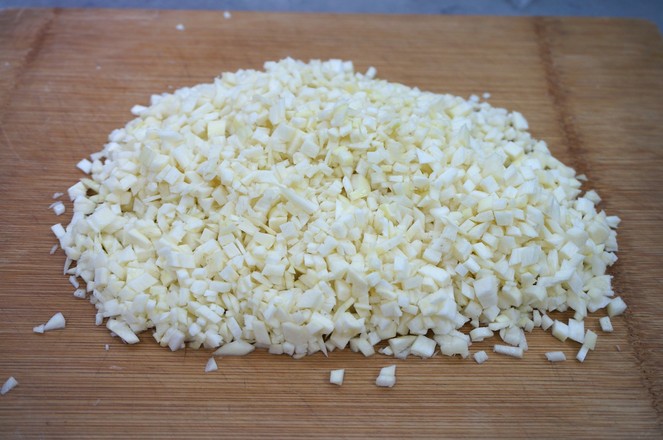
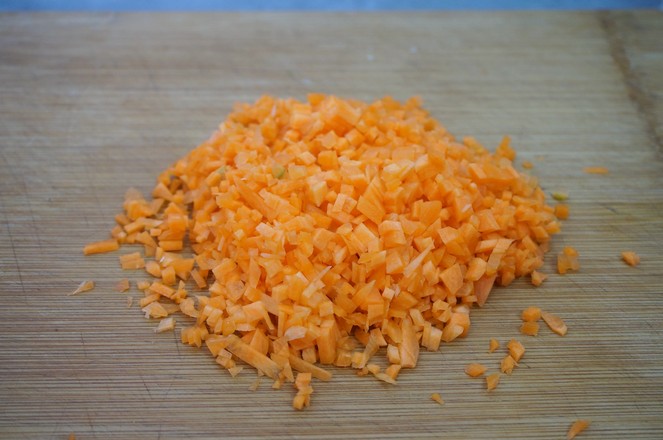
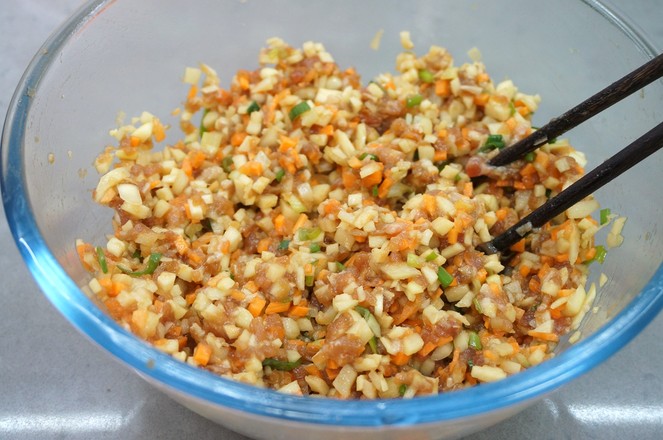
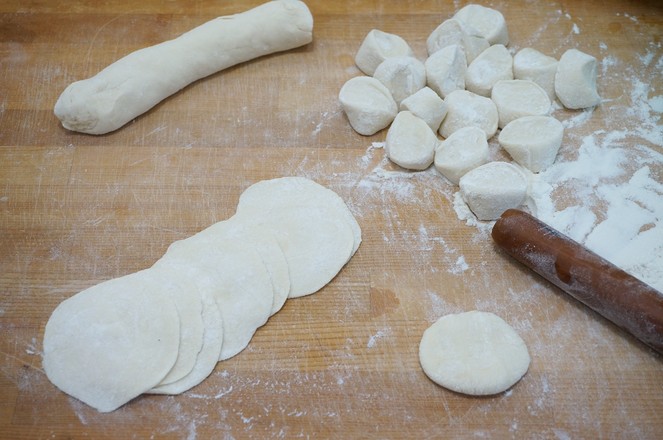
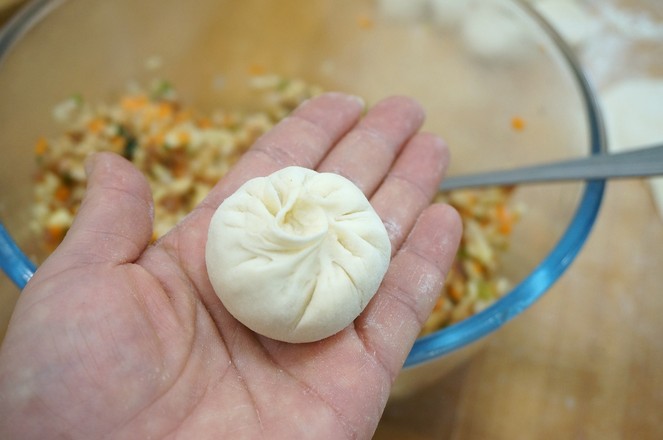
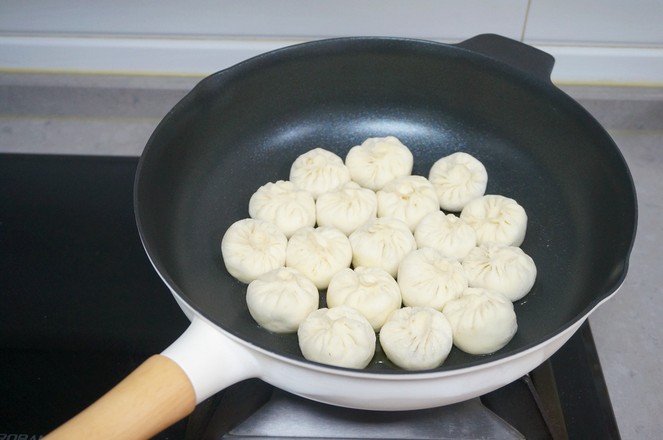
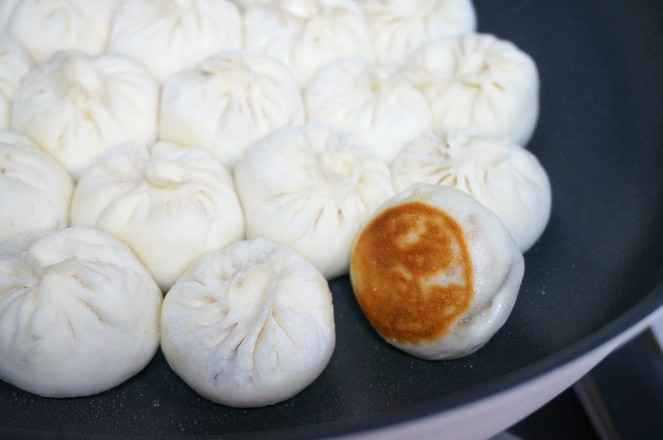
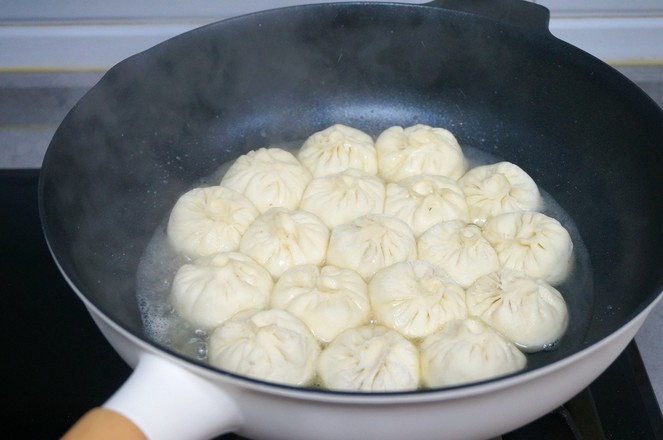
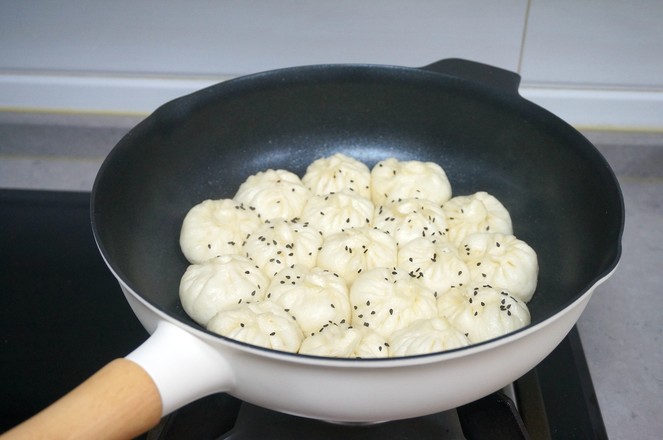
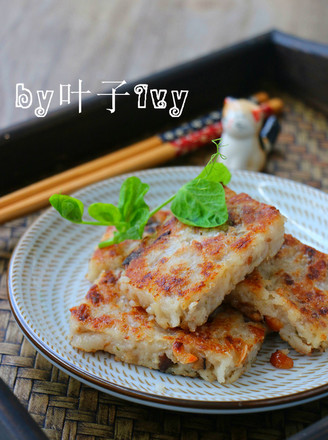
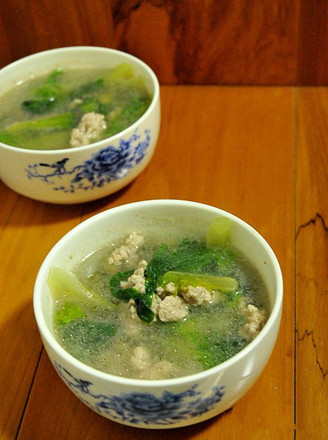

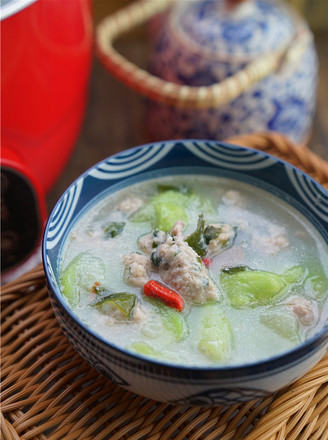
![Seasonal Vegetable Patties [baby Food Supplement] recipe](https://img.simplechinesefood.com/02/024b910033009872aea33017c755a377.jpg)
